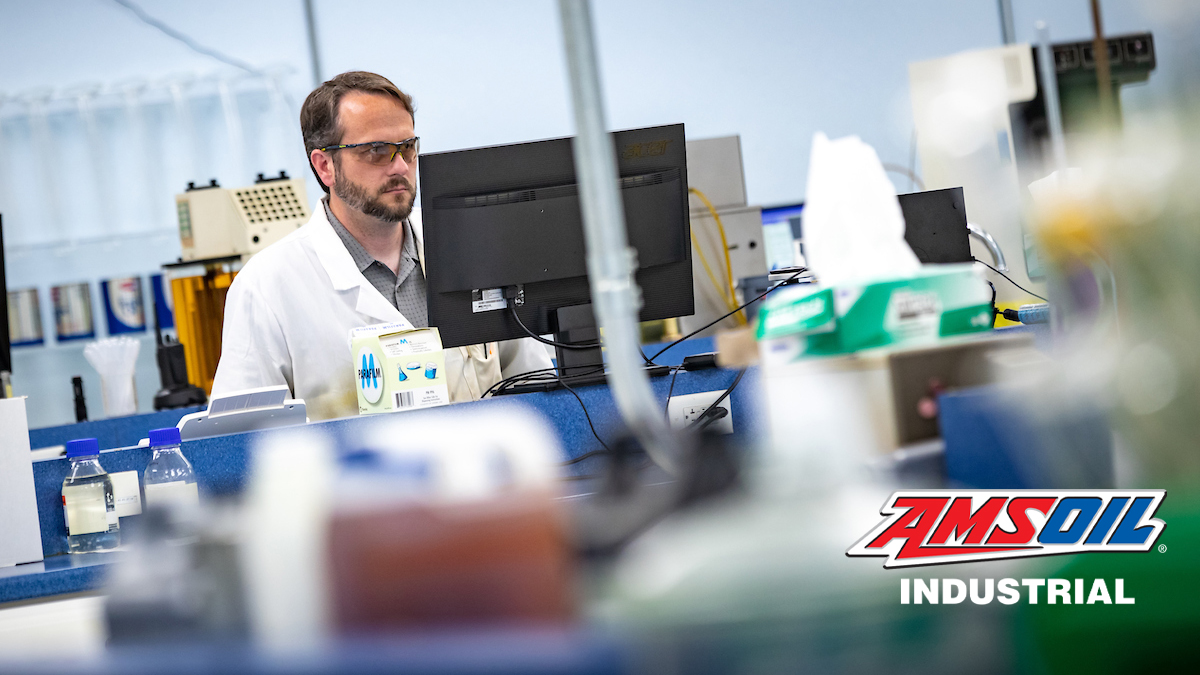Imagine peering into the inner workings of your most critical equipment, witnessing the ballet of gears and bearings and decoding the indications of wear and tear. Analytical ferrography makes this sci-fi scenario a reality, offering a microscopic glimpse into the health of your machinery. Let’s take a closer look at this fascinating oil analysis technique, uncover its secrets and reveal its power to determine the health of your equipment and optimize your industrial operations.
Principle of Analytical Ferrography
Analytical ferrography is a method of particle analysis using precision magnets to strip iron-laden and other susceptible particles from a used lubricating oil for study. This powerful diagnostic tool is frequently excluded from oil analysis programs due to a general misunderstanding of its value; however, when implemented correctly, it provides a tremendous return on your investment
At its core, analytical ferrography is a forensic investigation of machinery under stress. Lubricating oil carries wear debris like microscopic clues. Analytical ferrography isolates and concentrates these telltale particles, presenting them for meticulous examination under a powerful microscope. Skilled analysts then decipher these particles, unlocking the mysteries of wear within your equipment.
To perform analytical ferrography, the solid debris suspended in a lubricant is separated and systematically deposited onto a glass slide. The slide is then examined under a microscope to distinguish particle size, concentration, composition, morphology and surface condition of the ferrous particles, and even some nonferrous wear particles that get deposited with the ferrous particles. This detailed examination uncovers the reasons behind an abnormal wear condition by pinpointing component wear, how it was generated, and often the root cause.
The Detailed Process
Analytical ferrography begins with the magnetic separation of machine wear debris from the lubricating oil in which it is suspended. The lubricating oil sample is diluted for improved particle precipitation and adhesion. The diluted sample flows down a specially designed glass slide called a ferrogram that rests on a magnetic cylinder, which attracts ferrous particles out of the oil. Due to the magnetic field applied to the fluid, the ferrous particles align themselves in chains perpendicular to the length of the slide, with the largest particles being deposited at the entry point.
Nonferrous particles and contaminants, unaffected by the magnetic field, travel downstream and are randomly deposited across the length of the slide. While ferrous particles take center stage, the ferrographic narrative is far richer. Nonferrous metals, like aluminum and copper, and even contaminants like sand or silica, leave their own unique signatures on the slide.
Particle Identification
After the particles are deposited on the ferrogram, a wash is used to remove any remaining lubricant. The wash quickly evaporates and the particles are permanently attached to the slide. The ferrogram is now ready for optical examination using a bichromatic microscope.
The ferrogram is examined under a polarized bichromatic microscope equipped with a digital camera. The microscope uses both reflected (top) and transmitted (bottom) light to distinguish the size, shape, composition and surface condition of ferrous and nonferrous particles.
An experienced analyst, through years of observation and a deep understanding of tribology (the science of friction and wear), can differentiate a chipped gear tooth from a worn bearing, or a scuffing scar from an abrasive contaminant. This detailed characterization unlocks a treasure trove of insights:
-
Contamination: Identifying the presence and type of contaminants in the oil enables proactive steps to be taken to prevent further damage and extend equipment life.
-
Wear Modes: Distinguishing between normal wear, adhesive wear, fatigue wear and abrasive wear helps pinpoint the root cause of the problem, as each leaves a distinctive mark on the particles.
-
Severity: The quantity, size and distribution of wear particles reveal the extent of the damage, allowing for early detection of potential failures and timely intervention.
Why choose Analytical Ferrography?
Unlike traditional oil analysis, which focuses on the lubricant’s condition and is limited to detecting only the smallest particles (<5 microns), analytical ferrography focuses on wear debris of all sizes. It is a powerful analytical and predictive tool that provides an accurate and cost-effective means of identifying and preventing catastrophic failures before they occur.
Imagine being able to detect the initial stages of bearing wear, the gradual fatigue in a crucial gear or the telltale signs of abrasive contamination lurking within your system. These are significant insights into the health of your machinery that can help extend the life of your equipment, increase productivity and reduce maintenance costs.
Contact an AMSOIL Industrial Certified Lubrication Specialist to learn more about how identifying specific wear mechanisms in your machinery can help you develop a customized lubrication plan that improves your operational performance.

